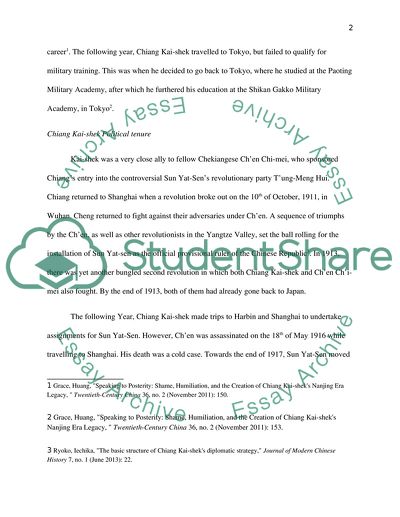Cite this document
(“Chiang Kai-Shek Leadership Research Paper Example | Topics and Well Written Essays - 2250 words”, n.d.)
Chiang Kai-Shek Leadership Research Paper Example | Topics and Well Written Essays - 2250 words. Retrieved from https://studentshare.org/history/1685747-chiang-kai-shek
Chiang Kai-Shek Leadership Research Paper Example | Topics and Well Written Essays - 2250 words. Retrieved from https://studentshare.org/history/1685747-chiang-kai-shek
(Chiang Kai-Shek Leadership Research Paper Example | Topics and Well Written Essays - 2250 Words)
Chiang Kai-Shek Leadership Research Paper Example | Topics and Well Written Essays - 2250 Words. https://studentshare.org/history/1685747-chiang-kai-shek.
Chiang Kai-Shek Leadership Research Paper Example | Topics and Well Written Essays - 2250 Words. https://studentshare.org/history/1685747-chiang-kai-shek.
“Chiang Kai-Shek Leadership Research Paper Example | Topics and Well Written Essays - 2250 Words”, n.d. https://studentshare.org/history/1685747-chiang-kai-shek.


